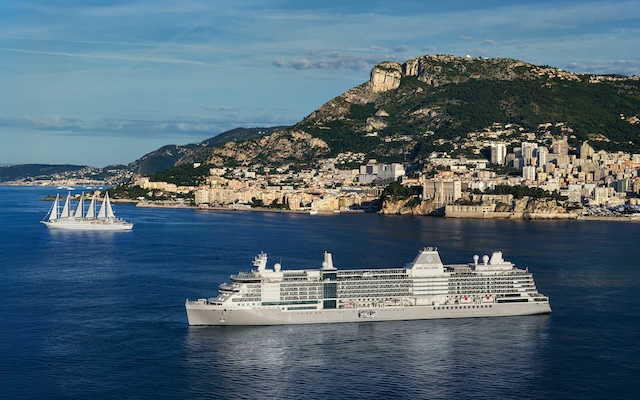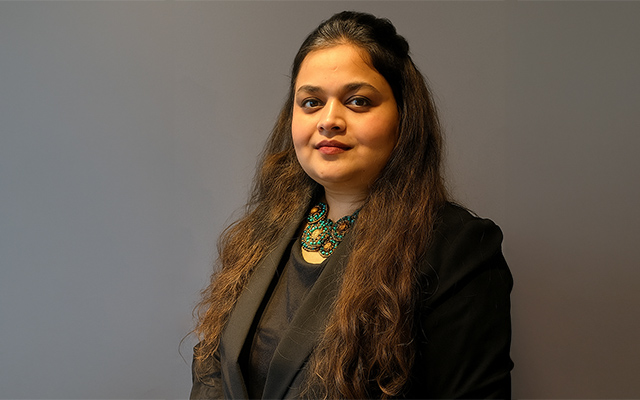Tourism Malaysia’s director-general Manoharan Periasamy outlines the organisation’s vision to boost international arrivals while promoting sustainable tourism
 Tell us about Tourism Malaysia’s 2024-2026 roadmap please.
Tell us about Tourism Malaysia’s 2024-2026 roadmap please.
Tourism Malaysia’s 2024-2026 strategic roadmap focuses on high-impact, fast-conversion strategies to boost international arrivals. The plan identifies three core strategies to achieve this goal: creating demand, increasing traffic, and prioritising target markets.
To create demand, we implement targeted marketing campaigns, craft compelling content, and ensure high visibility through digital and traditional channels. To increase traffic, we form strategic partnerships with airlines to boost flight frequency, collaborate with travel agents and OTAs, and simplify entry procedures, like visa-free policies.
What are Tourism Malaysia’s arrival targets and the key markets for 2025?
Tourism Malaysia has set a target of 31.4 million international tourist arrivals and 125.5 billion ringgit (US$28.1 billion) in revenue for 2025. To achieve this, we have prioritised key target markets, categorised into three tiers: Level 1, Level 2, Level 3, and traditional markets. Level 1 includes China, India, Indonesia, Australia, and Vietnam. Level 2 comprises the UK, South Korea, and the Gulf Cooperation Council countries. Level 3 consists of Taipei and Germany, while our traditional markets include Singapore, Thailand, and Brunei.
These markets were chosen based on their significant contribution to tourist receipts in Malaysia, strong air connectivity, positive market outlook, and encouraging future outbound trends, based on intelligence reports.
How is Tourism Malaysia working with travel trade players to support inbound tourism?
We are committed to working closely with the travel industry to support its recovery from the Covid-19 pandemic. To increase international traffic, we collaborate with airlines on joint promotions, offering matching grants for international and charter flights to create new routes, thereby improving air connectivity to Malaysia.
We also implement tactical campaigns with OTAs, land transport providers, and ferry operators to offer competitive travel packages. We provide incentives through special grants for organising tourism events in Malaysia and for industry players participating in B2B and B2C events overseas.
How is Malaysia tailoring its tourism offerings to meet the evolving demands of international travellers in the post-pandemic era?
To adapt to evolving travel preferences, we are embracing tourism-related technology to offer immersive experiences for tourists. We are also working with the Malaysia Digital Economic Corporation to promote digital tourism solutions from local start-ups.
In line with the National Tourism Policy, Tourism Malaysia is implementing a Smart Tourism model, using data-driven decision-making to identify new market segments and rejuvenate tourism products. This ensures that our offerings align with current trends such as experiential tourism, sustainable tourism, and bleisure.
Sustainability is increasingly being prioritised by travellers. What efforts is Tourism Malaysia making to promote ecotourism and sustainable travel practices.
As a marketing agency under the Ministry of Tourism, Arts and Culture Malaysia, we support the ministry’s collaboration with the United Nations Development Programme to implement the UN International Network of Sustainable Tourism Observatories. This partnership highlights our commitment to advancing sustainable tourism in Malaysia, including developing indicators to measure sustainable tourism as part of the national tourism statistics.
Additionally, Malaysia embraces UN Tourism’s Flagship Initiatives as new opportunities for collaboration, particularly in global sustainability certification and measurement tools.
Editor’s note: The original copy had identified Manoharan Periasamy as the director of marketing and communications. We apologise for this error.



















